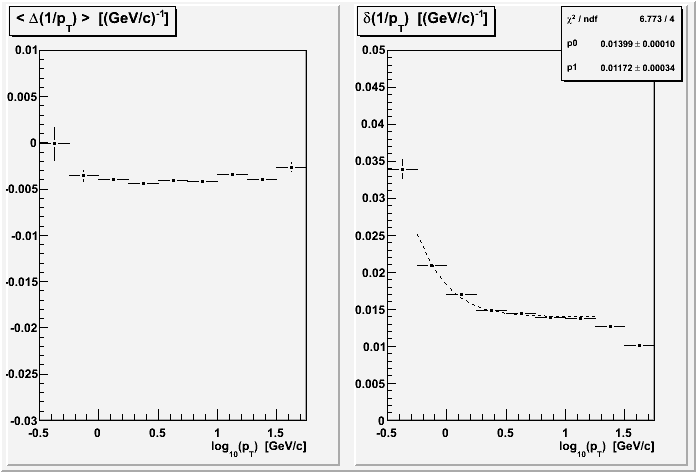- genevb's home page
- Posts
- 2025
- 2024
- 2023
- 2022
- September (1)
- 2021
- 2020
- 2019
- December (1)
- October (4)
- September (2)
- August (6)
- July (1)
- June (2)
- May (4)
- April (2)
- March (3)
- February (3)
- 2018
- 2017
- December (1)
- October (3)
- September (1)
- August (1)
- July (2)
- June (2)
- April (2)
- March (2)
- February (1)
- 2016
- November (2)
- September (1)
- August (2)
- July (1)
- June (2)
- May (2)
- April (1)
- March (5)
- February (2)
- January (1)
- 2015
- December (1)
- October (1)
- September (2)
- June (1)
- May (2)
- April (2)
- March (3)
- February (1)
- January (3)
- 2014
- December (2)
- October (2)
- September (2)
- August (3)
- July (2)
- June (2)
- May (2)
- April (9)
- March (2)
- February (2)
- January (1)
- 2013
- December (5)
- October (3)
- September (3)
- August (1)
- July (1)
- May (4)
- April (4)
- March (7)
- February (1)
- January (2)
- 2012
- December (2)
- November (6)
- October (2)
- September (3)
- August (7)
- July (2)
- June (1)
- May (3)
- April (1)
- March (2)
- February (1)
- 2011
- November (1)
- October (1)
- September (4)
- August (2)
- July (4)
- June (3)
- May (4)
- April (9)
- March (5)
- February (6)
- January (3)
- 2010
- December (3)
- November (6)
- October (3)
- September (1)
- August (5)
- July (1)
- June (4)
- May (1)
- April (2)
- March (2)
- February (4)
- January (2)
- 2009
- November (1)
- October (2)
- September (6)
- August (4)
- July (4)
- June (3)
- May (5)
- April (5)
- March (3)
- February (1)
- 2008
- 2005
- October (1)
- My blog
- Post new blog entry
- All blogs
Theory on cosmic rays at high pT
It occurs to me that the topic of RT ticket 2098 (and my previous blog post) may be related to an effect I saw in TPC pT resolution from cosmic rays. It remains to be proven, but here's the possible connection:
The resolution of (1/pT) from the TPC is expected to become flat as a function of pT for intermediate and high pT (such that pT is above where multiple scattering plays a significant role and spatial resolution dominates), until at high enough pT where the distribution begins to extend past zero and change charge sign. We see in the cosmic rays that this crossover is not so evident:

...but there's definitely a drop (improvement) in the resolution at high pT, . See the right panel here:

If there were some restriction on high pT tracking which does not directly translate into a limitation of track pT, but somehow compresses the pT range of tracks which appear to match, this would explain the observed effect.
Looking back at the first plot, the prominent bands die off near zero, perhaps at about ±0.01-0.015. I previously looked at this plot expecting a smooth transition across 0 for high pT. However, I see now what could be construed as addition clusters of data in the wrong charge sign quadrants near the same ±0.01-0.015 cut-off. Could it be that as tracks get close to this curvature, the tracker requires them to flip sign and continue after some gap in q/pT? To protect against divide-by-zero errors as the curvature becomes very small, this of course makes sense. However, it would seem to me that any such limitation in the tracking should be set well beyond what is intrinsic to the detector.
The cosmic ray study was done in DEV in June 2010, while the code change in question occurred in April 2010, so it is relevant here. In principle the cosmic ray study could be done with the line of code changed.
-Gene
- genevb's blog
- Login or register to post comments
